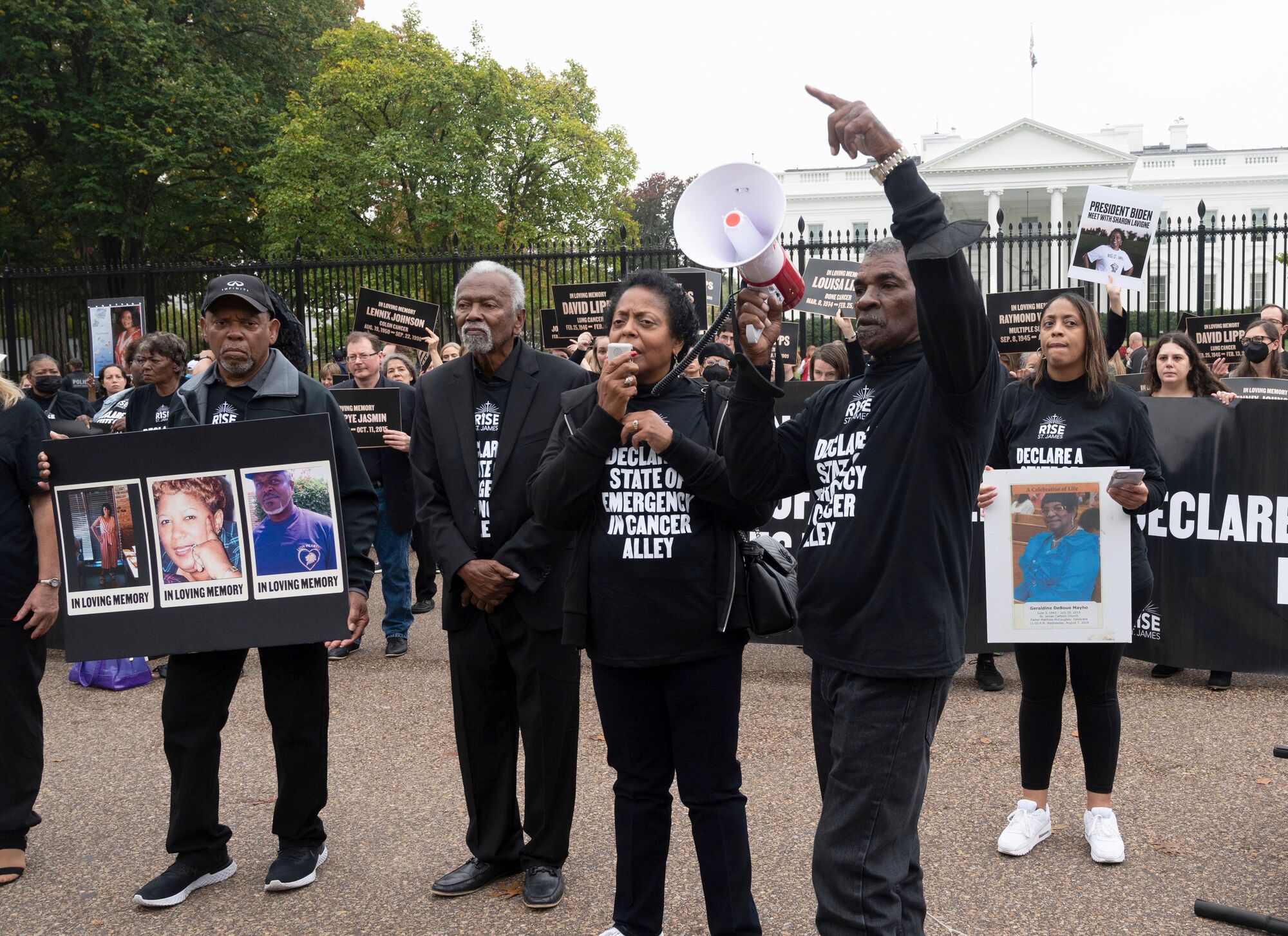New EPA Rule Will Reduce Tons of Cancer-Causing Chemical Emissions from Plants
Victory
—The updates will reduce more than 6,000 tons of the nation’s most harmful air pollution, including the carcinogens ethylene oxide and chloroprene
Contact
The Environmental Protection Agency (EPA) today released a final rule updating critical Clean Air Act standards that will reduce toxic emissions from more than 200 of the nation’s most hazardous chemical plants.
The updates apply to synthetic organic chemical manufacturing facilities and polymers and resins manufacturing plants. They result from long-running advocacy by Earthjustice’s clients for EPA to pass stronger rules to protect fenceline communities from harmful air pollution, including the carcinogens ethylene oxide and chloroprene. These standards will cover facilities across the nation, from Texas’s Gulf Coast and Louisiana’s Cancer Alley to West Virginia’s Chemical Valley. Frontline communities in these areas have long borne the brunt of toxic emissions from chemical plants.
“Today marks a victory in our pursuit for environmental justice, with the final rule poised to significantly reduce the toxic air pollution that harms communities in Texas’s Gulf Coast, Louisiana’s Cancer Alley, and throughout the U.S.,” said Earthjustice Vice President for Healthy Communities Patrice Simms. “Setting protective air standards for hundreds of chemical plants and requiring fenceline monitoring for some of the most toxic emissions shows a commitment to protecting public health. We look forward to the EPA’s swift implementation and rigorous enforcement of this critical rule.”
A vital feature of the updated standards is the introduction of fenceline monitoring for six toxic air pollutants: ethylene oxide, chloroprene, vinyl chloride, benzene, 1,3-butadiene, and ethylene dichloride. This marks the first time that the EPA has required fenceline monitoring for chemical manufacturers — building on the fenceline monitoring requirements EPA set for petroleum refineries in 2015 — and setting new standards for accountability and transparency
Another key piece of the rule is that EPA analyzed the cumulative risk communities face from these chemical plants in combination with other major industrial sources of air pollution. Additional updates include risk-based standards for emitters of ethylene oxide and chloroprene and long-needed updates to standards for flares. The health implications of exposure to emissions are profound, with increased risks of cancer and other serious health issues. For too long, communities, especially those that are predominantly Black, Latino, and low-income, have suffered unnecessary exposure to these dangers. The EPA’s actions today represent a critical move towards rectifying these injustices and ensuring a safer, healthier environment.
Quotes from our clients:
“Living amidst these chemical plants, we’ve been forced to accept the constant threat to our health as normal,” said Sharon Lavigne, founder of RISE St. James. “Today’s announcement from the EPA is a hard-won victory for every family that has feared for their health due to toxic emissions. It’s a step toward a future where our children can breathe easier.”
“For years, we’ve watched our families and neighbors suffer from disease, like cancer, due to underregulated emissions,” said Robert Taylor, founder of Concerned Citizens of St. John. After the EPA closed our civil rights complaint without resolution, we felt little hope that any government could protect us from industry. But Administrator Regan’s visit to our community and this final rule are renewing our hope. They’re a starting point for lowering toxic emissions and saving the children in our community.”
“The link between toxic air pollution and very serious health issues such as cancer, miscarriages, and childhood asthma and neurological diseases is undeniable,” said Jane Williams, executive director at California Communities Against Toxics and chair of the Sierra Club’s National Clean Air Team. “The EPA’s updated standards are a step forward in public health protection, especially in reducing exposure to potent carcinogens like ethylene oxide, benzene, and chloroprene. This rule can potentially prevent countless cases of illness and save lives.”
“Waking up every day with the fear of what you’re breathing in is a reality Louisiana’s communities have lived with for too long,” said Wilma Subra, technical director for the Louisiana Environmental Action Network. “Additional reductions by EPA would assist community members in living healthier lives from here on out. Moving towards additional reductions by EPA would assist community members in reducing their body burden of chemical exposure during the remainder of their lives.”
“Communities’ relentless advocacy for more protective clean air standards is paying off,” said Patton Dycus, an attorney at the Environmental Integrity Project. While we’re concerned that some aspects of the EPA’s final rule aren’t strong enough, the rule is a big step forward in combatting air pollution and protecting vulnerable communities.”

Additional Resources
About Earthjustice
Earthjustice is the premier nonprofit environmental law organization. We wield the power of law and the strength of partnership to protect people's health, to preserve magnificent places and wildlife, to advance clean energy, and to combat climate change. We are here because the earth needs a good lawyer.